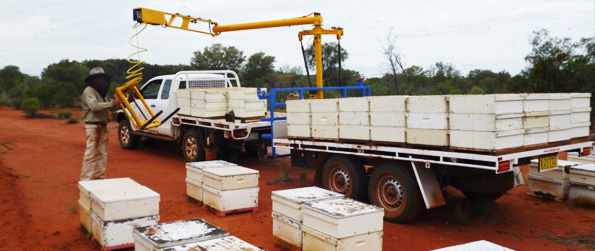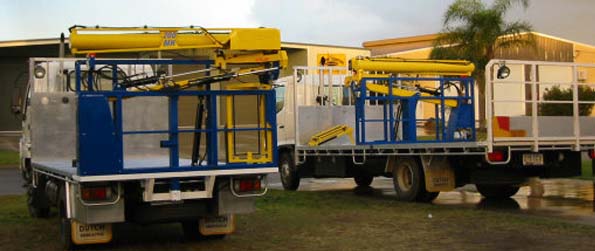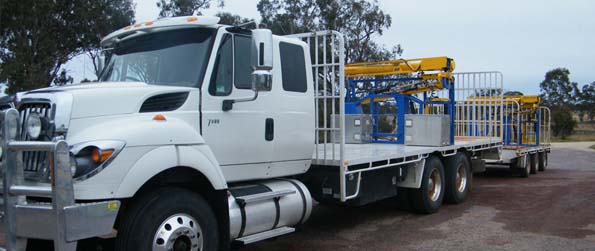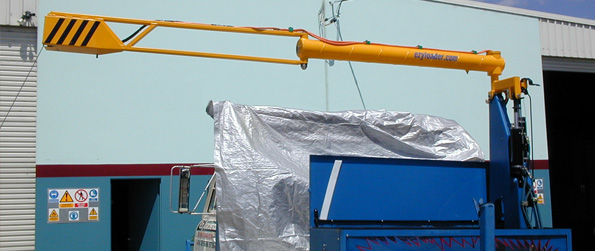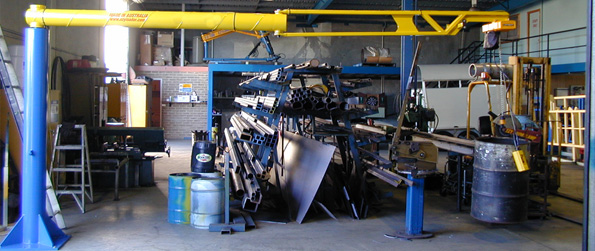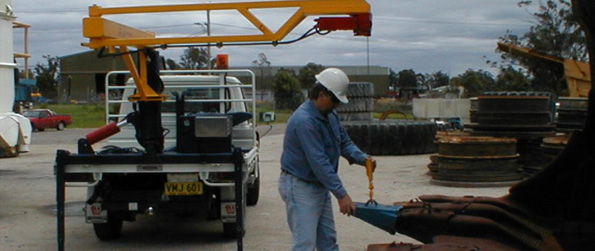Ezyloader 125MH/RM
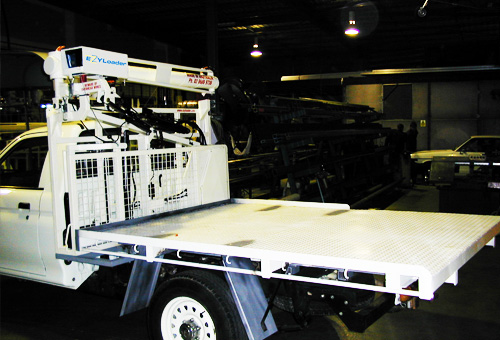
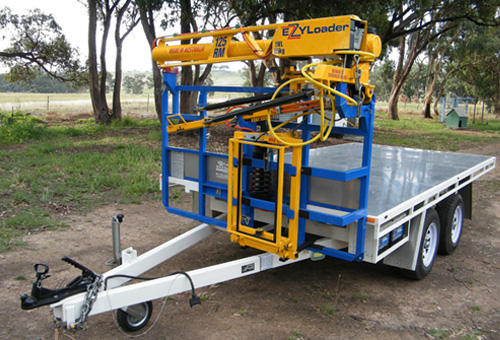
Small footprint no wasted valuable load space
The Ezyloader 125MH/RM, pictured in its retracted or stowed position, ready for the vehicle to drive away. This Ezyloader is mounted to the front of the bed on a small utility vehicle, but it may be mounted anywhere on the bed including the rear where it can lift loads on and off trailers. Very little of the precious bed space is used up – Ezyloaders are not “bed hogs”! This compact but powerful unit will safely lift up to 125kgs (275lbs) – a mass that would normally need 2 or 3 strong people to lift. Remarkably, this Ezyloader takes only 6 minutes to mount or demount from the truck bed. It has been designed with maximum operational flexibility in mind.
Maximum rated lifting capacity 125kgs [275lbs]
Reaches to 4m [14ft] to pick up or distribute load (actual reach is governed by truck width)
Unit weighs less than 200kgs [450lbs] – the lightest unit in the Ezyloader range
One person operation at all times. Allows one person to do the lifting work of two or three. The Ezyloader quickly pays for itself!
Operates on either 12 or 24 volt vehicle systems (please specify when ordering)
The Ezyloader range has been designed so that common spare parts (if you should need any) are readily available across the counter in your country. As well, technical support is available from us by telephone or email
Suitable for lighter trucks (such as pickups) and some 4WDs
Choice of Manual or Hydraulic model.
The Ezyloader is designed to occupy minimal space on your truck bed.
Functions are controlled by the operator from the lifting cradle, using convenient grips
The split boom facilitates easy access around obstacles and in cluttered or confined spaces
Boom levelling is automatic at the push of a button. Even at full reach or on uneven terrain, the Ezyloader’s boom will level itself automatically for safe, efficient lifting.
Can be freighted anywhere in the world. Comes with complete engineer’s drawings and instructions, all needed parts (for most vehicles) and an installation video showing a typical installation procedure


